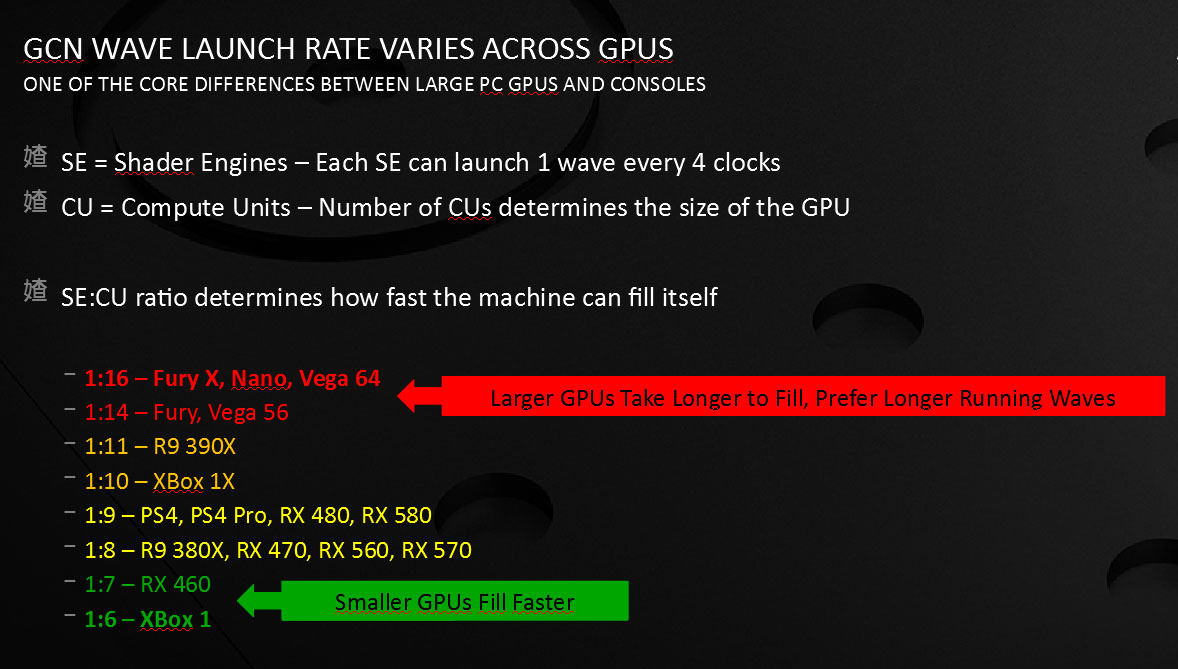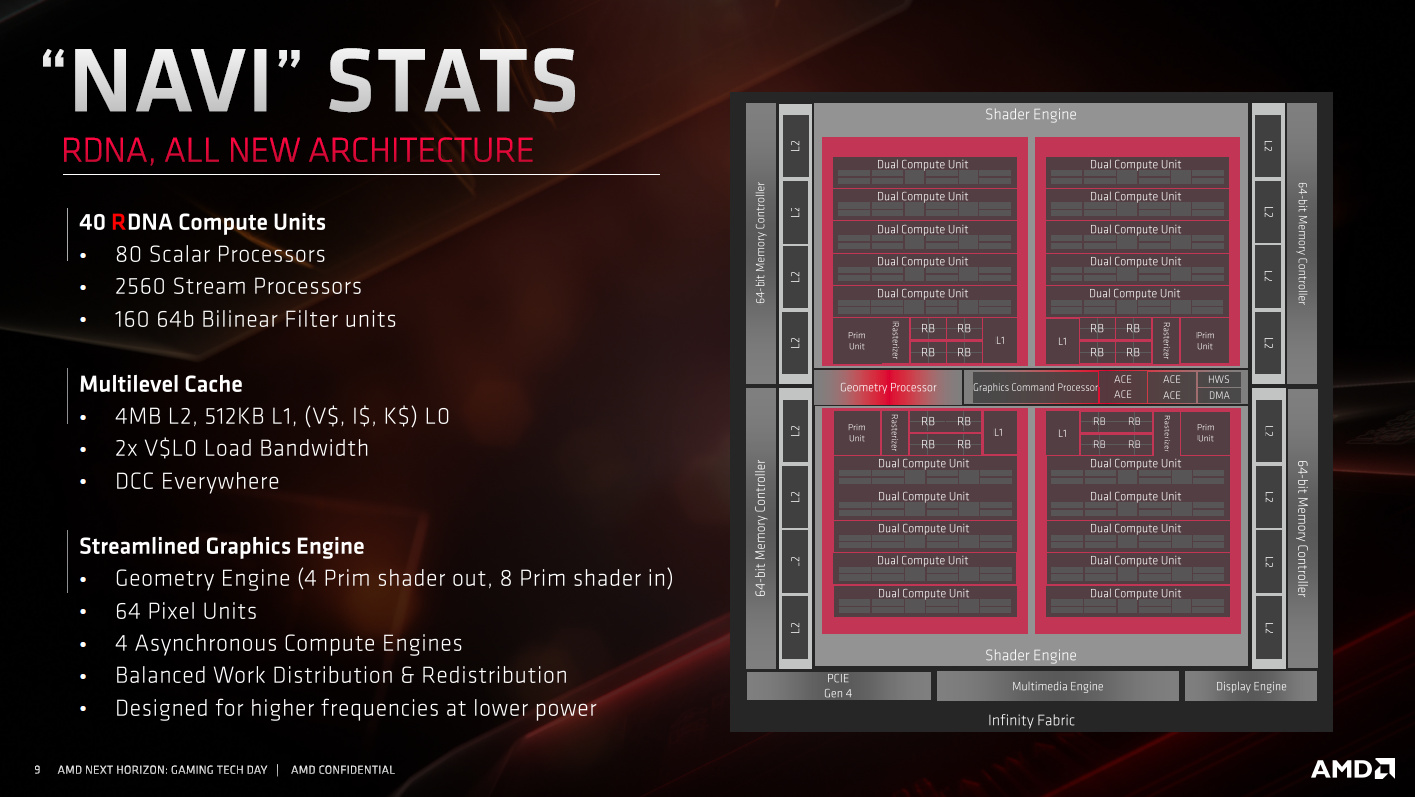Technically yes. But even that was shot down a while ago. Think that's more to do with how different the two skus were If one was 10Tf and the other was 8TF then that could be achieved using the same chip. But if one is 10TF and the other is 4-6TF ten its silly using the same chip cause that's a waste of chip lol.Could this be the basis of the 2 console strategy from MS though? What if you take those chips for the lower end console, wouldn't that work out?
However, the need for two SKUs is even more unlikely when if (as it appears to be) sony is spending as much for their base and only console as what MS was going to spend for their premium console. Means there is no premium console anymore and now getting the most bang for your buck as reasonably as possible take precedence.




